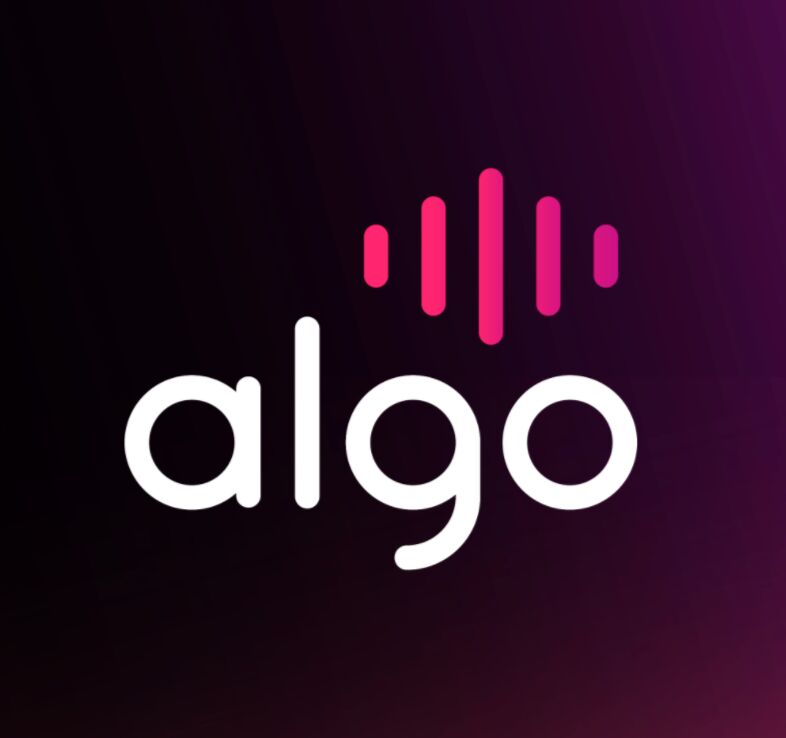Traditional demand planning was designed for a more predictable world. One where seasonal patterns held steady, lead times were stable, and consumer behaviour moved in familiar cycles.
That world no longer exists.
Today’s supply chains face constant volatility — from extreme weather and shifting consumer preferences to global disruptions and competitive pressure. Many teams have tried to respond by moving toward a demand-driven approach, hoping to align supply more closely with actual market signals. But most hit the same wall: their legacy tools weren’t built for this level of responsiveness.
That’s because traditional planning models, even when supported by ERP systems, rely on historical data and fixed assumptions. They don’t adapt quickly, and they don’t learn.
This is where the distinction between machine learning and AI matters.
Machine learning identifies patterns in demand signals, promotional cycles, and external factors — then continuously improves forecasts as new data comes in.
AI builds on that learning by simulating intelligent decision-making — adjusting plans, flagging risks, and automating actions in real time.
The result?
Overstocked warehouses, stockouts during peak demand, and plans that are outdated before they’re even approved.
To truly become demand-driven at scale, supply chains need more than good intent — they need Machine Learning and AI.
In this article, I’ll explore why legacy planning approaches are breaking down, how AI-powered solutions are closing the gap, and how platforms like Algo help retailers and brands move from reactive to predictive — and stay ahead of demand.
Why Traditional Demand Planning Models Are Failing
Most demand planning models were built around a core assumption: that the past is a reliable guide to the future.
They take historical sales data, apply seasonal uplift factors, and generate forecasts on a weekly or monthly cadence. But in a world of fluctuating consumer behaviour, promotions, disruptions, and channel shifts, that assumption breaks down fast.
Here’s where traditional models fall short:
- They’re slow to react. By the time data is aggregated, reviewed, and approved, the demand signal has already changed.
- They rely on averages. Planners often use static, top-down assumptions that ignore nuance — like location-level demand variation or the impact of external events.
- They can’t see external signals. Most systems operate in a vacuum. They miss key inputs like weather changes, social sentiment, competitor pricing, or shifting search trends.
- They require constant manual intervention. Forecasts are often overridden by planners based on instinct — introducing bias and inconsistency.
- They don’t improve over time. Without machine learning, there’s no feedback loop. Errors repeat, and forecast accuracy plateaus.
These limitations make traditional planning brittle — and risk-intensive. Especially for retailers, CPG brands, and distributors where margin for error is thin and customer expectations are high.
To fix this, planning needs to evolve from being statistical to intelligent — from being periodic to continuous.
And that’s where Machine Learning and AI steps in.
How AI Unlocks True Demand-Driven Planning
AI doesn’t just make forecasting faster — it makes it fundamentally smarter. Instead of relying solely on historical data, AI-powered planning systems continuously learn, adapt, and optimize based on real-time demand signals.
Here’s how that changes the game:
1. Real-Time Demand Sensing
AI can ingest live data from across the supply chain — POS systems, website traffic, weather feeds, event calendars, promotions — and detect demand shifts as they happen. This allows planners to respond to actual demand, not just predicted averages. Here’s how demand sensing works and why it matters.
2. Predictive Forecasting That Learns
Machine learning models improve over time. They identify patterns in how different variables — like price changes or lead times — affect demand, and adjust forecasts accordingly. Unlike static models, they get better the more data they receive.
3. Automated Replenishment & Allocation
AI can automate repetitive decisions like how much to ship, where to send it, and when to reorder. It ensures the right stock is in the right place — not based on gut feel, but data-backed predictions.
4. Granular, Channel-Level Planning
AI doesn’t rely on one-size-fits-all forecasts. It enables SKU-level, location-specific, and even channel-optimised planning — helping teams allocate inventory based on what’s actually selling, where, and how.
5. Scenario Planning at Scale
AI can simulate “what-if” scenarios — from supply delays to promotion spikes — and recommend the best course of action. That level of agility is nearly impossible with traditional systems alone.
How Algo Makes Demand-Driven Planning Scalable
Most businesses want to be demand-driven — but they’re constrained by fragmented systems, slow processes, and limited visibility. Algo was built to remove those constraints.
By combining machine learning, automation, and supply chain expertise in a single platform, Algo helps retail and CPG teams move from intention to execution — and do it at scale.
Here’s how Algo enables true demand-driven planning:
Unified Demand Signals
Algo brings together internal and external data sources — sales, inventory, promotions, seasonality, supply constraints, market trends — into one demand signal. No more planning in silos or waiting for batch updates.
Automated Planning Workflows
From demand forecasting to replenishment and allocation, Algo automates the decisions that used to take days — freeing up teams to focus on strategy, not spreadsheets. Still using spreadsheets? Here’s why that’s holding you back.
Precision at the Edge
Algo enables planning at the SKU, store, and channel level, ensuring every location gets what it needs based on actual selling patterns — not static allocations or outdated forecasts.
Built-In Collaboration
Algo’s platform is designed for cross-functional visibility. Supply chain, merchandising, and finance can align on one source of truth — reducing friction, second-guessing, and firefighting.
Continuous Learning
With every cycle, Algo learns. The system adapts to what’s working, flags what’s not, and continually improves forecast accuracy — helping clients reduce stockouts, improve service levels, and lower carrying costs.
Here’s what switching to Algo actually looks like.
Ready to Move From Reactive to Predictive?
The gap between planning and execution is where most businesses lose margin, time, and customer trust. Traditional models can’t close that gap — but AI can.
Demand-driven supply chains aren’t just about planning differently — they’re about planning smarter, faster, and with far greater visibility. Platforms like Algo make that shift possible by connecting the dots between real-time demand signals, predictive insights, and operational action.
If your team is still relying on spreadsheets, static ERP forecasts, or slow manual reviews, it’s time to rethink what demand planning should look like.
Let Algo help you plan, sense, and respond — at the speed of demand.
See how Algo works or talk to our team to start your demand-driven transformation.
About the author

Sanjeev Balasubramaniam
Sanjeev serves as the Senior Vice President of Solution Architecture at Algo. He brings a wealth of experience from the retail and supply chain industries, having worked extensively in the US, Australia, and the EMEA region.



